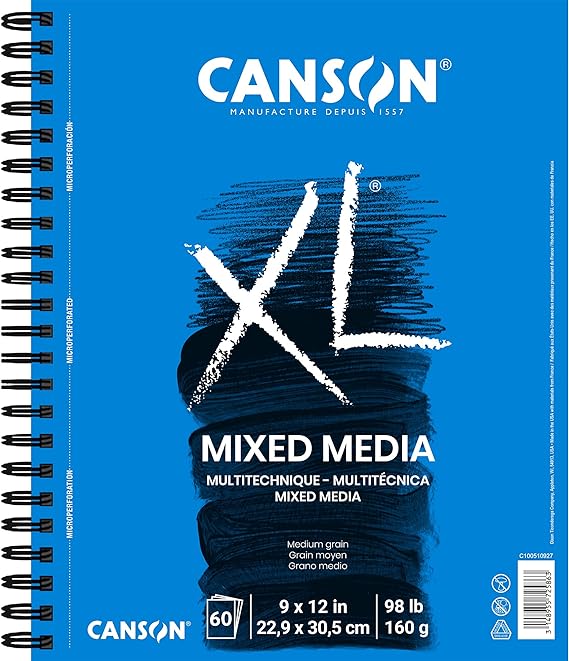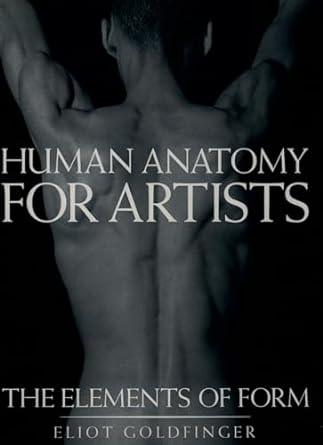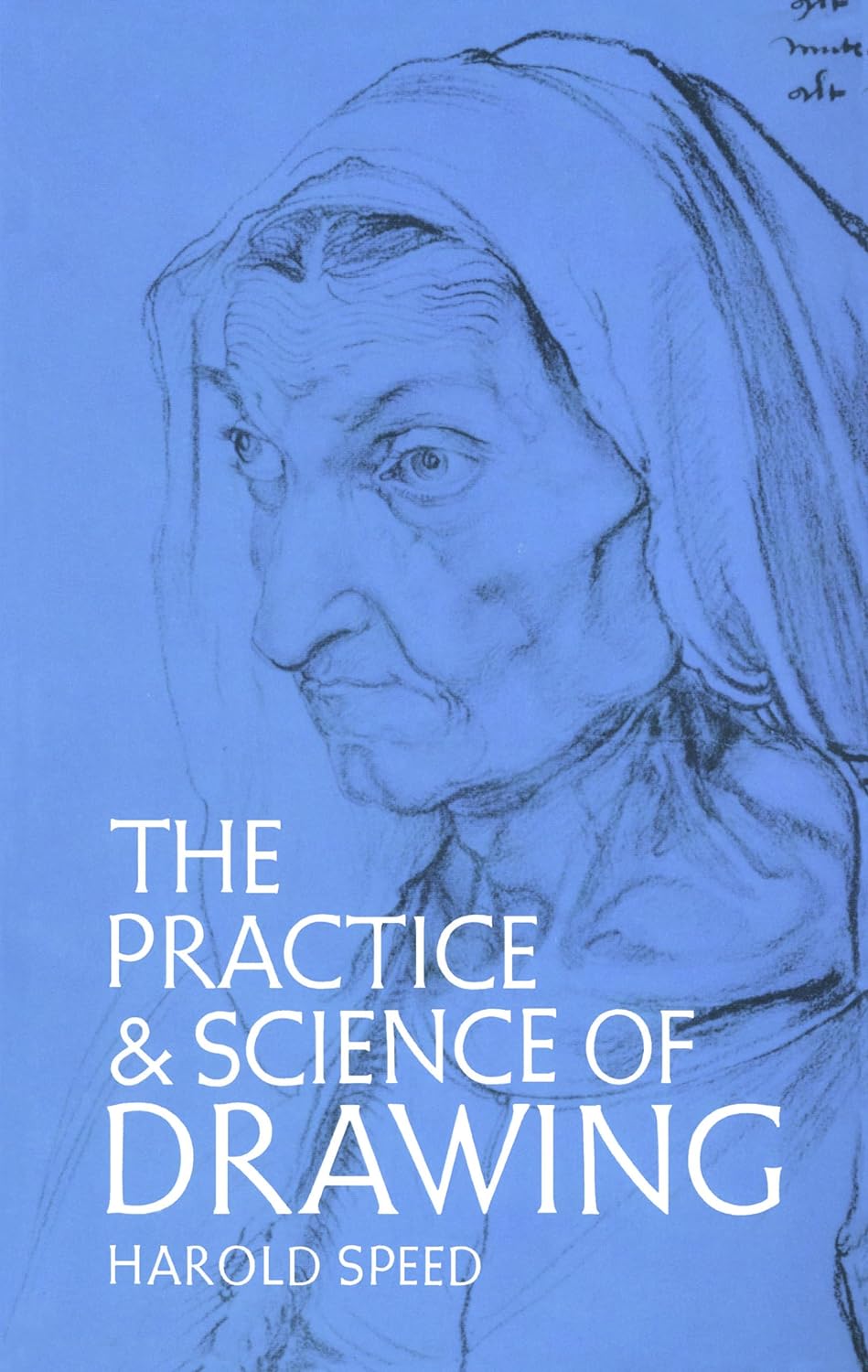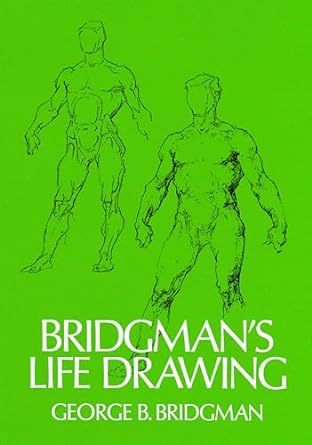Drawing Tools & Supplies
The following are items I mention on my page about sight-size drawing. They are also useful for drawing in general.
Drafting Divider
I find this to be an indispensable drawing tool. It's an excellent drawing tool because it is an excellent measuring tool.
The difference between this and a drafting compass is that this has two points, while a compass usually has one point and a small pencil lead. I don't suggest using a compass as an alternative. A compass is used for drawing circles, so most will have a threaded little bar that one can turn to widen or narrow the angle of the compass.
The nice thing about the divider is that you can widen and narrow it with one hand. This makes taking all kinds of measurements quick and easy. So this is great for sight-size drawing, comparative drawing, figure drawing, life drawing, as well as painting.
Mechanical Eraser
This is an eraser with a small tip. As you erase and it wears down, you press the back and the eraser stick advances forward. The pen-style shape lets you do very precise erasing. This is great for doing really detailed work.
Canson Mixed Media Sketchbook
This sketchbook is perfect for detailed drawings, featuring thick, heavy pages that withstand extensive work and frequent erasing without wearing down. Additionally, the perforated pages make it easy to remove your artwork for framing or sharing if you're pleased with the outcome.
So use this sketchbook for drawings that you want to spend a lot of time on.
Canson Mi-Teintes Paper
This is a really versatile paper for serious drawing. It is thicker and heavier than most sketchbook papers. It is durable and can be used for finished charcoal drawings, pastel, gouache, or watercolor. The 19x25 size is usually just the right size for most figure drawing class settings. The Amazon product is a pack of 10, however, you can purchase single sheets from most large art stores.
Books
The following is a list of books I've found very helpful in my own development and improving my drawing.
Human Anatomy for Artists: The Elements of Form, by Eliot Goldfinger
This is my main encyclopedic anatomy reference. I've found no other book that beats this one in terms of the depth of information on anatomy. Its primary virtue is that it provides all the detail one would need, without getting lost in medical detail. This may not be the best book, on its own, for learning artistic anatomy, but I find it an essential part of my library for a definitive answer to any technical anatomy question.
The Practice and Science of Drawing, by Harold Speed
This contains a deeper and more conceptual discussion of the process of drawing and creating compelling representational art. The text is a little difficult to get through, but it contains material that any serious artist will need to cover.
Books by George B. Bridgman
George B. Bridgman is important. He studied under Gerome in 19th Century Paris, and then came to the U.S. and taught at the Art Students League in New York. Norman Rockwell was one of his students. So he serves as a bridge for a certain kind of artistic anatomy thinking between the 19th century, and 20th, and present day. The drawings alone are stunning but contain an important way of thinking and visualizing anatomic forms. Be sure to get the paperbacks published by Dover.
The Artist's Complete Guide to Figure Drawing, by Anthony Ryder
This is an outstanding resource for learning the art of highly realistic figure drawing. The book excels in its clear explanations of what to focus on during each stage of the drawing process and the specific tasks involved. It provides insightful guidance on observing the subject at the different drawing stages, along with explanations of pencilwork technique and handling materials. This guide is a valuable cornerstone text for any drawing book collection.







